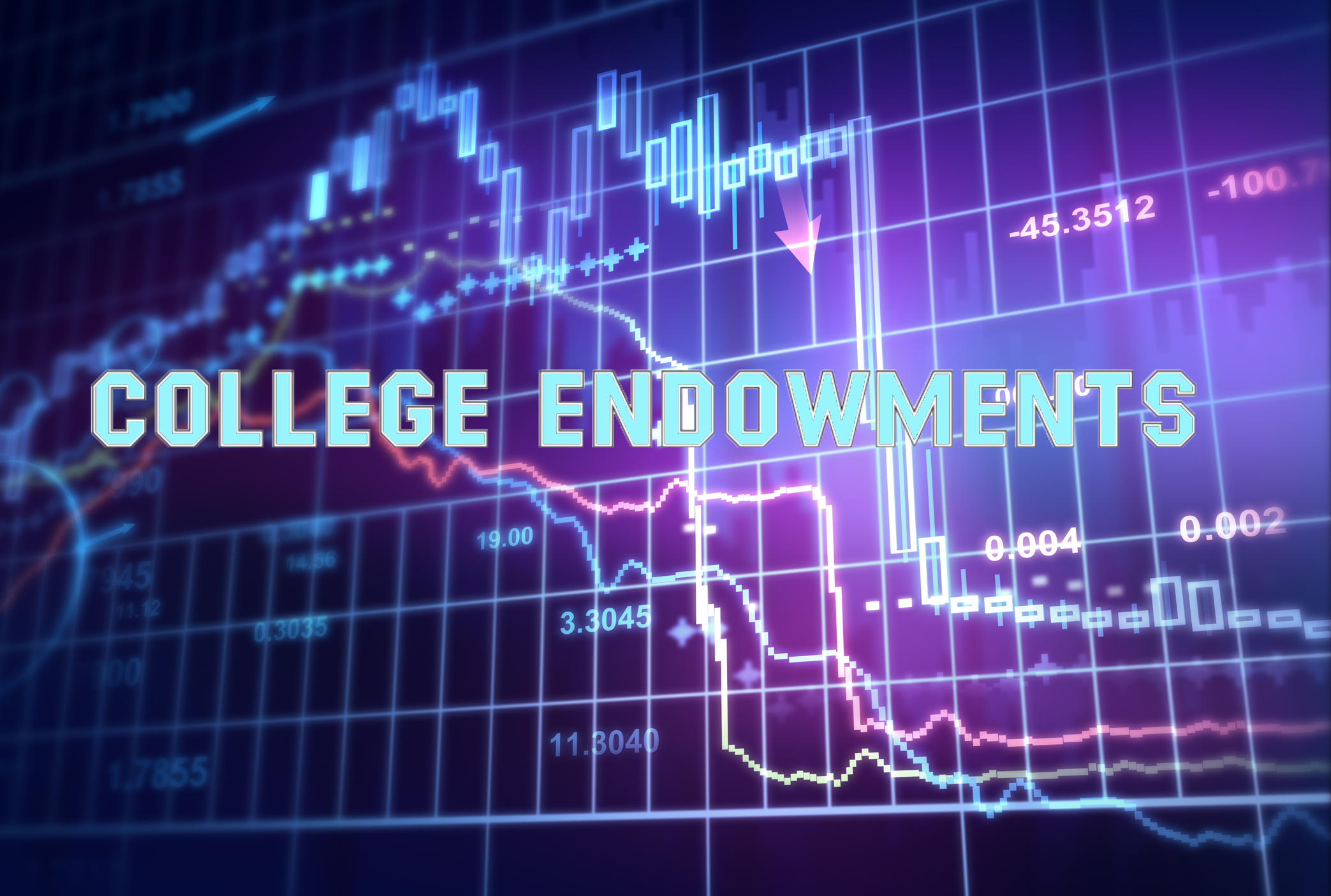Strong returns in U.S. equities boosted one-year returns of the nation’s college and university endowments to an average 12.2 percent, extending a decade of volatility since the recession. But, the 10-year returns continue to trail expenses and inflation, annualized at an average 4.6 percent last year.
Those data are in the latest NACUBO-Commonfund Study of Endowments (NCSE) released today. It’s the ninth year of the partnership between the National Association of College and University Business Officers (NACUBO) and Commonfund.
Some 809 U.S. colleges and universities participated in the Fiscal Year 2017 survey, four more than the previous year. Participating institutions had $566.8 billion in total endowment assets as of June 30, with an average endowment of $700.7 million and median endowment of $127.8 million.
The average increase in endowment spending was 6.5 percent, higher than inflation and the average spending rate rose 4.4 percent, from 4.3 percent in 2016. Almost two-thirds (65 percent) of schools increased endowment spending to support student financial aid, research and other functions.
Strength in the public equities market for the past nine years was complemented by strength in global and emerging markets last year, according to Catherine Keating, president and CEO, of Wilton, Conn.-based Commonfund. “Of course, as long-term investors, we don’t look at one year. We look at a decade,” she said.
The 4.6 percent annualized 10-year return demonstrated the continued impact of the financial crisis of 2008 and 2009, she said, noting a fair amount of volatility during the past decade. There have been five years of double-digit returns as well as four years of either negative or flat returns. “That very strong Fiscal Year 2017 has to be taken into context of a weaker decade overall,” Keating said.
The 12.2 percent return last year was a turnaround from the -1.9 percent return in 2016 and continued the zig zag of the 10-year graph:
- +2.4 percent, 2015;
- +15.5 percent, 2014;
- +11.7 percent, 2013;
- -0.3 percent, 2012;
- +19.2 percent, 2011;
- +11. 9 percent, 2010;
- -18.9 percent, 2009; and,
- -3 percent, 2008.
All sizes of institutions had a total annual return of at least 11.6 percent. Five-year returns were the next highest, ranging from 7.7 percent to 8.6 percent. Three-year returns were more modest, between 3.8 and 5 percent, and 10-year returns were consistently between 4.4 and 5 percent across all categories.
Colleges and universities depend on endowment dollars to make sure long-term planning goals are achieved, NACUBO President and CEO John Walda said, which makes the 10-year average returns pause for concern. The 4.6 percent average this year is well below the long-term target of 7 percent for most institutions to support spending and cost of operations.
“These (investment returns) could in the future make it harder for schools to increase spending dollars out of endowments,” he said.
Higher education in the public sector still has not recovered fully from the recession. The inflation-adjusted value of state funding for state colleges and universities is down 15 percent from 2008, Walda said, necessitating the use of income from endowments and other sources to make up for the loss in appropriated revenue.
The least important number may be the one-year return, said Keith Luke, managing director at Commonfund and president of Commonfund Securities, Inc. The year-to-year volatility of the past decade is not likely to change, according to Luke, and the low-return environment makes planning that much more difficult for endowment managers.
The size of the institution matters, he said, as larger endowments did much better than smaller ones, with $1-billion endowments returning almost 13 percent compared with 11.6 percent for endowments of less than $25 million. Short-term results favor those with non-U.S. equities and alternatives, which tended to have higher performance.
Forty-four percent of respondents had endowments of less than $100 million, according to Walda.
What drives performance, according to Luke, is asset allocation and strategy, active versus passive investing, and the ability to tap into the underlying manager’s skills.
Nearly all assets and strategies reported positive returns last year, a complete turnaround from the previous year. While U.S. equities were down in the previous year, they were up 17 percent last year, and non-U.S. equities did even better, returning an overall average of 20.2 percent.
Fixed income was the notable exception, up 2.4 percent last year compared with 3.6 percent in 2016. Alternatives jumped from 1.4 percent in 2016 to 7.8 percent last year but the best-performing classes were among private equity, stressed debt, and venture capital. Where U.S. equities were strong, fixed income was down, with short-term cash yielding very little return, Luke said. Commodities were affected by the energy market, down 2.5 percent last year, after a -7.7 percent showing in 2016.
As the Federal Reserve continues to raise short-term interest rates, Luke said the expectations for rising interest rates would be a headwind for fixed income portfolios. Endowments of less than $25 million and $50 million that have between 20 and 24 percent allocated to fixed income will have some strong challenges to their performance going forward if a “rising interest rate environment becomes a reality,” he said.
Among the institutions responding to the survey, the average change in market value was +8.9 percent and the median change was +6 percent. The largest endowment continued to be Harvard University at $36 billion, up 4.3 percent and the top 10 endowments in the survey all topped $10 billion. The largest change in market value among the largest endowment was 17.3 percent for the University of California ($9.7 billion) and 18.9 percent for The Ohio State University ($4.2 billion, No. 23).
An even 100 institutions in the survey reported endowments of at least $1 billion.










